Want to know How to Use Bone Meal on Plants? This guide will give you a detailed insight on doing it the right way!
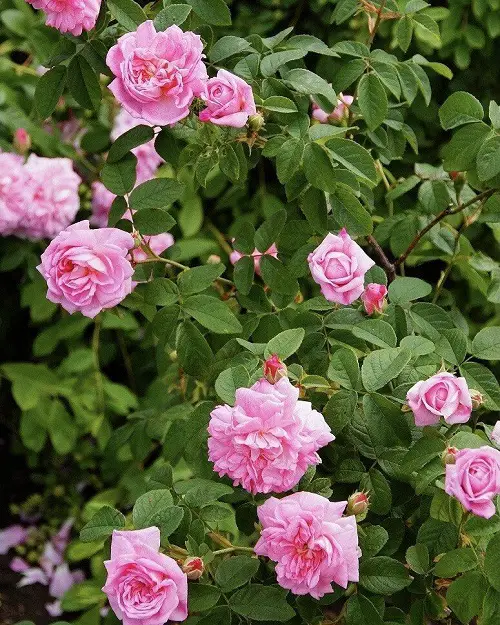
If you are not sure about How to Use Bone Meal on Plants, then this guide will help you with all the details! Use it today and watch your plants thrive!
Learn How To Make Bone Meal Fertilizer At Home here
What Is Bone Meal?
Bone meal is prepared from the bones of animals obtained from slaughterhouses. They are steamed to remove fats and impurities and ground into a coarse form, used as a balanced organic fertilizer for plants.
It is given as a supplement to certain plants, like flowering varieties, and root crops like carrots and Onion.
Want to Make Organic Fertilizers from Kitchen Scraps? Click here
Why Should You Use Bone Meal?
Before you ask How to Use Bone Meal on Plants, you must understand Why Should You Use Bone Meal?
Bone meal has an NPK of 3-15-0, but depending on the source, it can be as high as 2-22-0. In this, ‘N’ denotes Nitrogen, ‘P’-Phosphorous, and ‘K’-Potassium, respectively.
The beneficial nutrients in a steamed bone meal, like phosphorous (18-24%), nitrogen (0.7-7%), and calcium, help plants to produce plenty of flowers and fruits. Also, it helps balance the amount of nitrogen and other nutrients in the soil.
Here are the Best Fertilizers for Lucky Bamboo Plants
Tips on How to Use Bone Meal on Plants
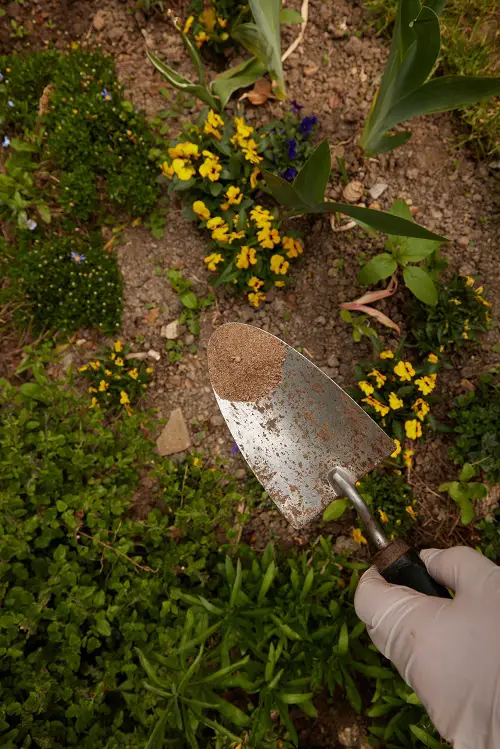
1. Always Check the pH of the Soil
Bone meal is not a must for every soil type, but it is recommended for plants that grow in acidic soils. Therefore, it’s important to check the pH and nutrient content of the soil before the application.
If the pH of the soil is below seven, then you should use bone meal.
2. Do Not Use Bone Meal for Alkaline Soil
For alkaline soil, use compost or well-rotted manure instead of bone meal. The phosphate in bone meal combines with the calcium present in the soil to form calcium phosphate, which is an insoluble source of the nutrient that is of no use to plants.
3. Do Not Apply it Excessively
If you apply too much bone meal, then its excess phosphorus will interfere with root growth, ruining the symbiotic relationship between plants and helpful mycorrhizal
fungi.
Also, the gradual release of phosphorus into the soil will lead to eutrophication in surrounding waterways.
Wondering if Earthworms Improve the Soil? Click here
How Much Bone Meal to Apply?
Mix a handful of bone meal per plant once in 2-4 months. This will be more than enough to boost the growth. However, if you are using one small teaspoon of it per plant, then you can apply it every 4-5 weeks.
Don’t layer the bone meal at the top of the soil; instead, mix it in the soil with a spade and add some water to ensure complete penetration. Leaving it as it is will attract raccoons, ants, and dogs in your garden. Also, rinse the leaves of that plant if any bone meal has dropped on the leaves.
Find out How to Use Kitchen Leftovers in the Garden here
How Often You Should Apply Bone Meal?
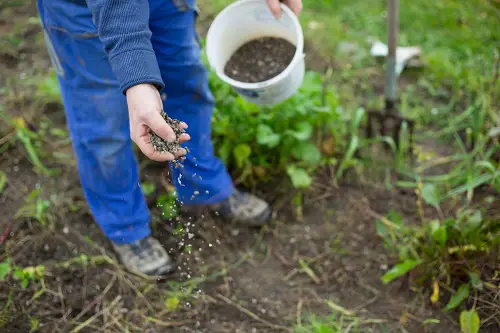
Bone meal is a slow-releasing fertilizer and takes time to break down. Hence, it keeps discharging the nutrients in the soil at a steady rate. So you don’t need to apply it frequently.
It will keep nourishing your plants for 2-4 months. Still, you can check if your soil needs it by conducting a soil test to identify the phosphorus deficiency symptoms.
Learn about Using Aquarium Water for Plants here
Plants That Benefit from the Nurturing of Bone Meal
All the plants that grow from bulbs, roots, and tubers, like onions, potatoes, carrots, turnips, parsnips, and sweet potatoes, as well as other vegetables, benefit from the application of bone meal. Also, applying bone meal to roses will increase the number of flowers.
Check out some Fantastic Epsom Salt Uses in the Garden here
Some Myths and Precautions to Be Considered Regarding Bone Meal
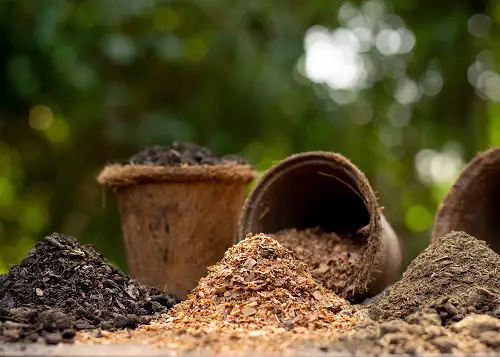
- Many say an excess bone meal can burn the plant, but it is not completely true. Raw bone meal can burn, but steamed bone meal does not.
- Avoid over-application of bone meal, as it will affect the surrounding waterways and aquatic life present in them as well.
- If you have pets, then keep them away from the plants around which you have applied bone meal. It can lead to problems if they ingest the bone meal.
Check out our article on 14 Powerful DIY Cucumber Fertilizers here
How to Use Bone Meal in Potted Plants?
If you don’t have any knowledge of How to Use Bone Meal in Potted Plants, then do it while planting. Add 2-3 teaspoons of bone meal to the hole and cover it with a quarter inch of soil before placing the plant.
You can also sprinkle a handful of bone meal fertilizer over the soil or compost.
Find out the Best Fruit Peels that are Brilliant Fertilizers here
Quick Tips on How to Use Bone Meal Fertilizer?
- Before applying the bone meal fertilizer, check the pH level of the soil with a soil testing kit. If the pH level is below 7, then use bone meal fertilizer.
- Apply one teaspoon of bone meal fertilizer per plant and mix it in your garden soil.
- After applying the bone meal fertilizer to your potted plants or garden, moisten the soil. Accurate watering breaks down and stimulates the fertilizer.
Learn How to Make Grass Tea Fertilizer here
How Much Bone Meal Per Tomato Plant?
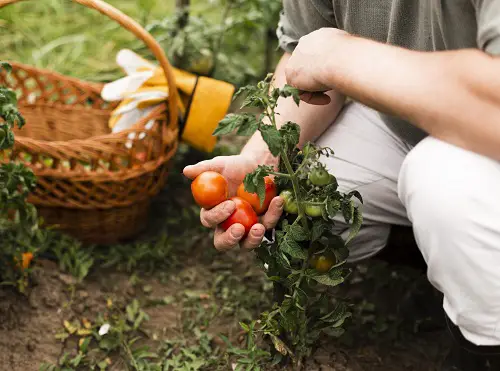
If you have a question – How Much Bone Meal Per Tomato Plant? Then the answer is one large teaspoon. Make sure you mix it evenly with the soil and water to ensure it gets evenly distributed in the growing medium.
Is Tomato a Nightshade Vegetable? Find out here
Is Bone Meal Good for Pepper Plants?
If you want to know – Is Bone Meal Good for Pepper Plants? Then the answer is – yes! Applying bone meal while planting peppers gradually improves the phosphorus levels in the soil. This aids in achieving good plant growth and better fruit. It also prevents blossom end rot, which protects peppers from any potential disease.



How does raw bone meal burn plant tissue?